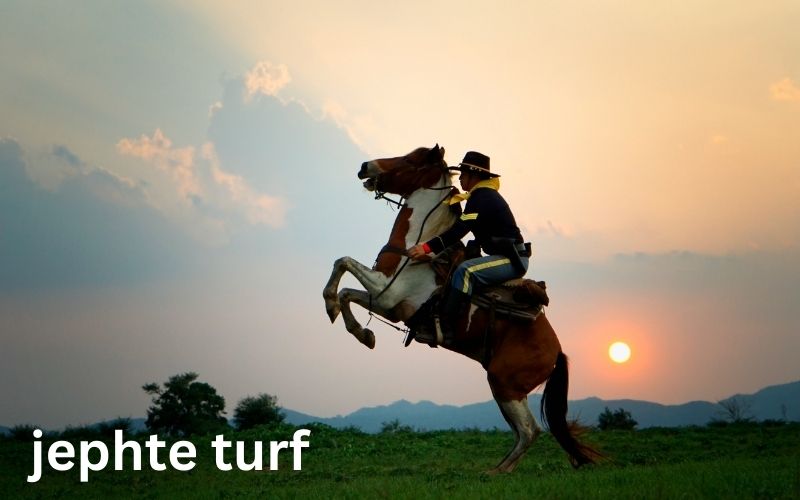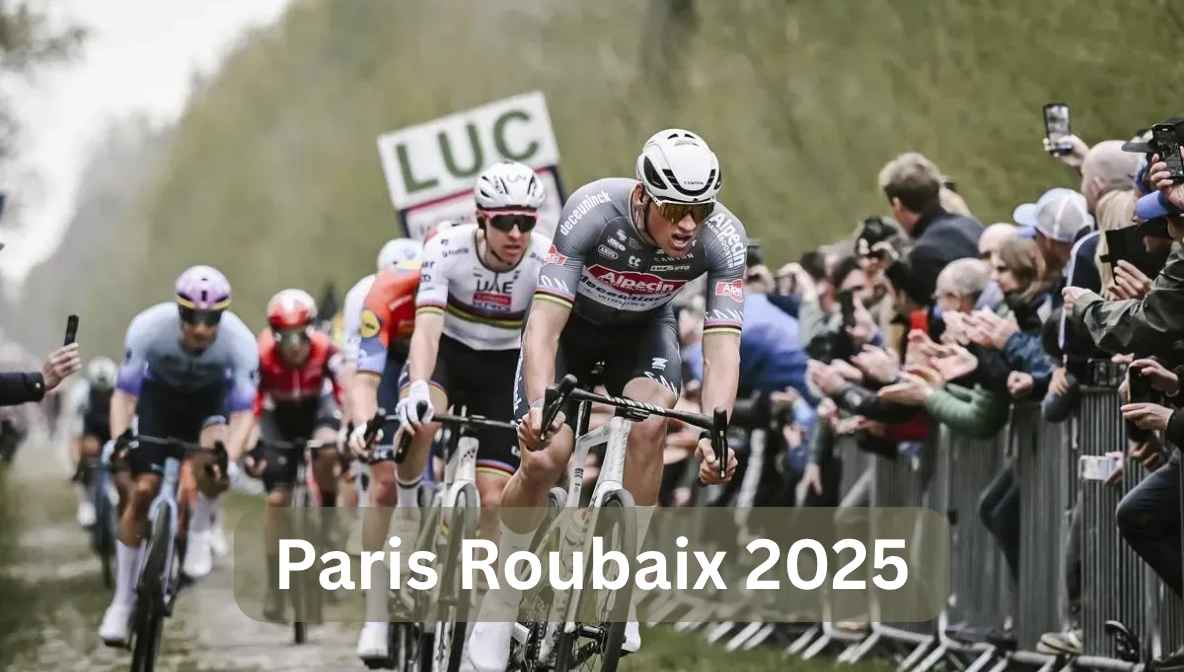Turf plays an essential role in the landscape, offering aesthetic appeal and functional benefits, such as improving air quality and reducing erosion. Among the various turf varieties, Jephte Turf has garnered attention for its durability, versatility, and aesthetic qualities. This turf type has become a popular choice for both residential and commercial lawns due to its resilience and relatively low maintenance needs. In this article, we will explore the characteristics of Jephte Turf, its uses, and essential care tips to maintain a healthy, lush green lawn.
What Is Jephte Turf?
1. Definition and Characteristics
Jephte Turf is a type of grass that is specifically designed for both decorative and functional purposes. It is known for its fine texture, deep green color, and hardiness in various climates.
Note: Jephte Turf is suitable for various applications such as residential lawns, sports fields, and public parks due to its resilience and lush appearance.
This turf is often chosen for its aesthetic qualities, making it a popular option in both tropical and temperate climates. It is an ideal choice for homeowners and landscapers looking to enhance their outdoor spaces with a soft yet durable grass variety.
2. Grass Varieties That Comprise Jephte Turf
Jephte Turf is typically a blend of fine fescue, ryegrass, and Kentucky bluegrass. These varieties provide the ideal balance between aesthetics and resilience.
Reminder: Check the mixture of grasses when purchasing Jephte Turf. The combination of species plays a crucial role in the overall appearance and performance of the turf.
The inclusion of these varieties helps Jephte Turf maintain its deep green color while offering flexibility across a range of climates. The fine fescue and ryegrass provide drought resistance, while the bluegrass offers a soft texture that is ideal for recreational spaces.
How to Use Jephte Turf?
1. Residential Lawn Care
Jephte Turf is widely used in residential landscaping due to its soft texture and striking appearance. It is a great choice for homeowners who value both aesthetics and the durability of their lawn.
Note: Jephte Turf thrives in well-drained, fertile soil. Ensure your lawn is regularly mowed to maintain its even and manicured look.
When used in residential lawns, Jephte Turf creates a beautiful, lush surface that enhances the outdoor environment. It can be used in backyard gardens, front lawns, and around pool areas.
2. Commercial and Public Spaces
In commercial and public spaces, Jephte Turf is often used for its practicality. Whether it’s a sports field, park, or community garden, this turf can withstand heavy foot traffic while maintaining its attractive appearance.
Reminder: Frequent traffic can wear down turf. Consider adding fertilizers and maintaining a regular watering schedule to keep the grass healthy.
Jephte Turf is a popular choice for sports fields because of its durability and resistance to wear and tear, making it ideal for outdoor sporting activities. Its ability to recover quickly from damage helps it maintain its integrity even in high-use areas.
Why Choose Jephte Turf?
1. Resilience and Durability
Jephte Turf is known for its resilience. Whether it’s extreme heat, moderate drought, or heavy rainfall, this turf can handle a range of weather conditions without compromising its appearance.
Note: Resilient turf is key in areas with fluctuating weather. Jephte Turf can grow well in diverse climates, from hot summers to cold winters.
Because of its adaptability, Jephte Turf is a top choice for homeowners living in regions where weather conditions change drastically throughout the year. This turf can easily bounce back from seasonal stressors.
2. Low Maintenance Requirements
One of the main reasons people opt for Jephte Turf is its low maintenance needs. Once established, it requires minimal attention compared to other turf varieties.
Reminder: Even low-maintenance turf needs some care. Regular mowing, occasional fertilizing, and proper watering are necessary to maintain its health and appearance.
Maintaining Jephte Turf is relatively simple. It only requires occasional mowing and fertilization, making it a cost-effective option for those who prefer a hassle-free lawn care routine.
What Are the Key Benefits of Jephte Turf?
1. Aesthetic Appeal
Jephte Turf has an impressive visual appeal. Its fine texture and deep green color enhance the look of any outdoor space, whether it’s a residential lawn or a public park.
Note: Jephte Turf can be used in various designs. Its versatility allows homeowners and landscapers to create everything from formal gardens to naturalistic landscapes.
The rich green color and smooth texture of Jephte Turf provide a beautiful, inviting space. This turf is particularly favored for its ability to complement various landscaping elements such as flower beds, paths, and garden structures.
2. Environmental Benefits
In addition to its aesthetic value, Jephte Turf offers numerous environmental benefits. Turf helps reduce soil erosion, promotes air quality, and provides natural cooling to the surrounding area.
Reminder: Planting turf improves overall environmental quality. It can reduce the heat island effect in urban areas and increase biodiversity in the local environment.
The environmental benefits of Jephte Turf make it an ideal choice for eco-conscious homeowners and organizations looking to contribute positively to the environment.
How to Care for Jephte Turf?
1. Regular Mowing
Jephte Turf requires regular mowing to maintain its neat, uniform appearance. Mowing should be done at a height of around 2.5 inches to encourage healthy growth and prevent the grass from becoming too long or overgrown.
Note: Avoid cutting more than a third of the grass height at once. This will help the turf remain healthy and vibrant.
Mowing regularly ensures that the turf maintains its texture and density, providing a lush, green surface for recreational use. It’s also important to use a sharp mower blade to avoid damaging the grass.
2. Fertilization and Soil Maintenance
Proper fertilization is essential to maintaining the health of Jephte Turf. Applying balanced fertilizers ensures that the grass receives the necessary nutrients to grow strong and resilient.
Reminder: Choose a fertilizer suited for your soil type. Different regions and soil conditions may require specific types of fertilizers.
Fertilizing Jephte Turf once or twice a year, typically in the spring and fall, helps the grass thrive. Soil testing is recommended to ensure the appropriate nutrients are provided to the turf.
What Are the Challenges of Maintaining Jephte Turf?
1. Pest and Disease Control
While Jephte Turf is generally resistant to many pests and diseases, it’s still important to monitor for common lawn issues. Pests like grubs and insects can damage the grass if left unchecked.
Note: Regularly inspect your turf for signs of pests. Early detection helps prevent widespread damage and keeps the lawn healthy.
Using eco-friendly pesticides and practicing good lawn care can prevent most issues from arising. Additionally, aerating the soil helps reduce the risk of root damage caused by pests.
2. Overwatering and Drainage Issues
Overwatering Jephte Turf can lead to root rot, mold, and other issues. Proper drainage is essential to maintain the health of the grass, as it prevents waterlogging and allows the turf to thrive.
Reminder: Ensure proper drainage in your lawn. Poor drainage can lead to puddling, which causes issues with turf health.
Regular monitoring of the watering schedule and ensuring that the soil drains effectively can help avoid these problems and ensure the turf grows healthily.
What Is the Best Time to Install Jephte Turf?
1. Seasonal Considerations
The best time to install Jephte Turf is during the early spring or fall when temperatures are mild. This allows the turf to establish its root system before the extreme heat of summer or the cold of winter sets in.
Note: Install turf during optimal growing seasons. Installing Jephte Turf in the wrong season can lead to poor establishment.
Installing the turf during these seasons helps it establish strong roots, making it easier for the grass to adapt to the local climate and grow efficiently.
2. Preparation of the Soil
Before installing Jephte Turf, it’s important to prepare the soil properly. This includes removing weeds, loosening the soil, and ensuring it is free from debris.
Reminder: Proper soil preparation leads to better turf growth. If the soil is not properly prepared, the turf may not establish well and could suffer from nutrient deficiencies.
Soil preparation is key to achieving a healthy lawn. By ensuring that the ground is properly prepared, you can help your Jephte Turf thrive and grow evenly.
Conclusion: Why Choose Jephte Turf for Your Lawn
Jephte Turf offers an excellent balance of aesthetic appeal, durability, and environmental benefits. It is an ideal choice for homeowners, businesses, and public spaces looking for a reliable and low-maintenance turf solution. Whether you’re improving the look of your yard or creating a sustainable landscape, Jephte Turf provides the foundation for a healthy, vibrant lawn that stands the test of time.
Reminder: Invest in regular maintenance. Maintaining Jephte Turf is relatively easy but requires attention to detail, such as proper watering, mowing, and fertilizing to keep it in top condition.
FAQs
1. What is Jephte Turf?
Jephte Turf is a type of grass commonly used for lawns and public spaces, known for its fine texture, deep green color, and resilience in various weather conditions.
2. How do I maintain Jephte Turf?
Maintaining Jephte Turf requires regular mowing, proper fertilization, watering, and occasional pest control to ensure the grass remains healthy and vibrant.
3. Is Jephte Turf low-maintenance?
Yes, Jephte Turf is relatively low-maintenance compared to other grass varieties. However, it still requires occasional care, such as fertilization and proper mowing.
4. Can I install Jephte Turf in any climate?
Jephte Turf is versatile and can thrive in both tropical and temperate climates. However, it performs best in mild temperatures, particularly during early spring or fall.
5. What is the best time to plant Jephte Turf?
The best time to plant Jephte Turf is in early spring or fall when temperatures are moderate, allowing the turf to establish its root system before harsher weather conditions.




